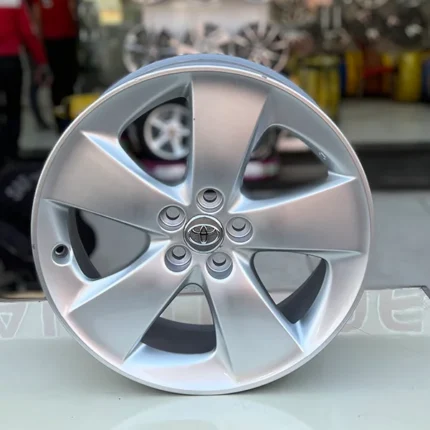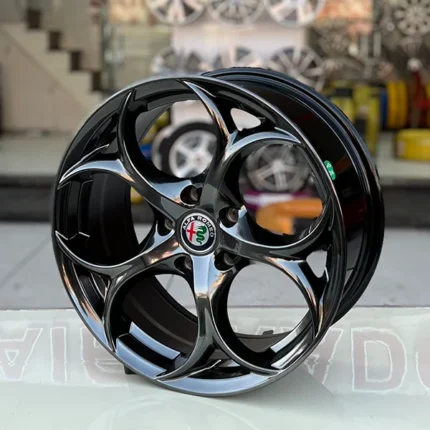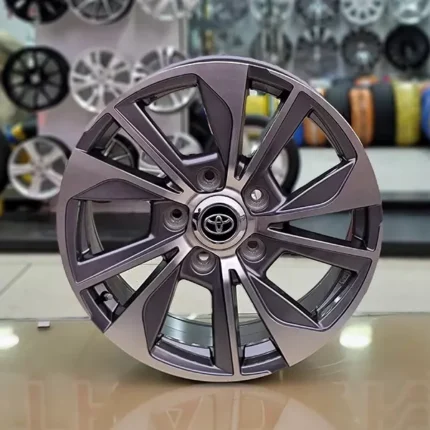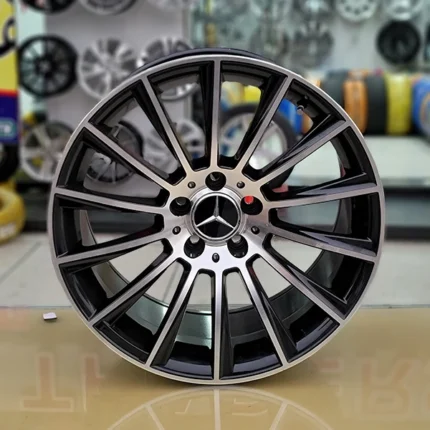Alloy wheels MG HS OEM 18, as used in the automotive industry, are composed of magnesium or aluminum alloys. Metals and other elements are combined to create alloys. In general, they offer higher strength than pure metals, which are typically more softer and more malleable. When compared to steel wheels, alloys made of magnesium or aluminum usually weigh less while maintaining strength, transmit heat more effectively, and look better overall. Despite being an iron and carbon alloy, steel—the most common material used to make wheels—is typically referred to as an “alloy wheel” when referring to wheels manufactured of nonferrous alloys.
Importance Of MG HS OEM 18
While some alloy wheels are lighter than their steel counterparts, handling can be enhanced by lighter wheels because they reduce unsprung mass, which enables suspension to follow the terrain more closely and increase grip. MG HS OEM 18 alloy’s rim is used to so that fuel consumption can also be decreased by decreasing the total mass of the vehicle. More open wheel designs and improved heat conduction can help dissipate brake heat, improving braking performance in difficult driving circumstances and lowering the possibility of overheating-related brake degradation or failure.
Selection Of Alloys Rims
It should go without saying that the wheels are among the most crucial components of your vehicle since they provide steering and the ability to transfer engine power to the road while also keeping your ride smooth MG HS OEM 18. It’s common knowledge that alloy wheels enhance a car’s appearance and performance, but what other benefits can alloy wheels offer?
Because aluminum is significantly more resistant to rust and corrosion than regular steel wheels, you can be sure that your investment will last for many years and look fantastic.
Weight Different wheel And Alloy’s Rims
Lastly, the weight differential between steel and MG HS OEM 18 Alloy wheels is a significant consideration when selecting which type of wheel to buy. Alloy wheels are renowned for being lightweight, yet steel rims are bulky. In certain circumstances, like when driving in the snow, the heavier steel wheels can be useful. In order to maneuver the car through snow, the driver will benefit from the strength of the wheel.
On the other side, the light-alloy wheels improve the driver’s driving experience by enabling the suspension to effectively control uneven road surfaces. The primary factor driving the transition of numerous cars to alloy wheels is their lightweight nature. Furthermore, compared to steel wheels, alloy wheels disperse heat more quickly in addition to being lighter.This brings an end to our comparison of alloy and steel rims.
Aesthetic
Alloy wheels MG HS OEM 18 are the most beautiful and well-designed wheels available. Steel wheels can only be designed during the first phases of production because they are made of a single piece of metal. Alloy wheels, on the other hand, provide for greater design freedom due to their malleability. Altering the alloy’s nickel content allows for a wide range of aesthetic possibilities for a given automobile model.



















